
Discover more at Lindisfarne Castle
Find out when Lindisfarne Castle is open, how to get here, the things to see and do and more.
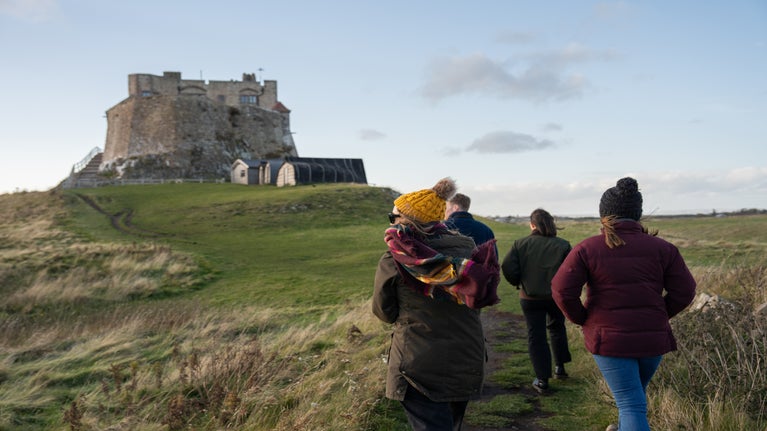
With plenty of places to run around and explore, there’s lots to do outside at Northumberland’s Lindisfarne Castle. Explore the summer flowering walled garden created by Arts and Crafts designer Gertrude Jekyll in the early 20th century, step further back in time to uncover the island’s industrial past at the Castle Point lime kilns and see the island's curious boat sheds.
A Christmas trip to Holy Island is a very special experience. Though the Castle is closed for the winter, there’s still a lot to see and do.
Christmas shopping becomes a pleasure at our shop on Marygate in the village; As well as Christmas cards, decorations and produce, we've got lots of inspiration for presents - plants for gardeners; books for history buffs; gear for ramblers; toys for children; kitchenware for cooks; and more.
What better place for a get-away-from-it-all walk than an island cut off from the mainland by the tides? Whilst the Castle is closed, the land around it is open, so your walk could take in the small but perfectly formed walled garden and the extraordinary Lime Kilns telling of Lindisfarne’s industrial past out on the headland of Castle Point.
Gazing out to sea will blow the cobwebs away, or you can enjoy the views down the coast or across to the Farne Islands - you might even spot a seal or two.
Outside of the castle, there is a lot to explore. Wander across the field and take a seat in the garden, listen to the sounds of the sea and perhaps the ghostly 'singing' sound of the seals on Ross Sands drifting over the island.
If the kids need to run off some energy go for a walk around the castle headland where they can skim stones, watch birds and fly kites. With impressive views back towards the castle, the headland is great spot to stop for a picnic.
Wander around the 15 fascinating boat sheds on the island – there are 3 by the castle and 12 in the harbour. Originally used for storage, the boats have been repaired and replaced over the years but they remain one of the most popular attractions on the island. Stop by to snap a picture of these famous upturned vessels.
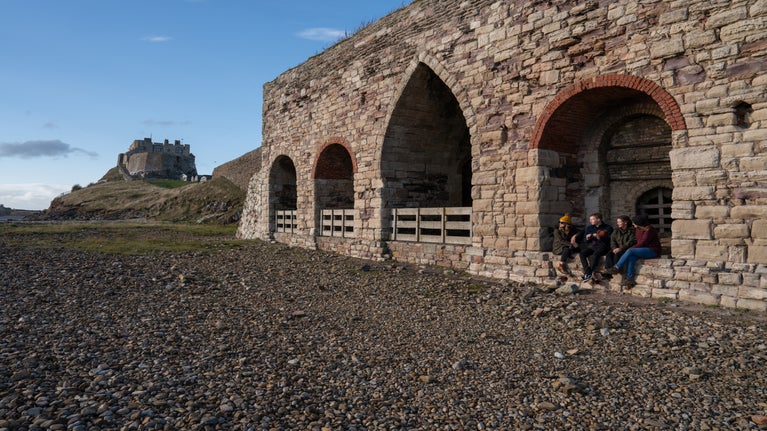
Past the castle, 20 minutes’ walk from the car park on Holy Island or a five-minute walk from the gates of the castle site, lies a reminder of Lindisfarne’s surprising industrial past.
The 19th-century lime kilns at Castle Point – once used to turn limestone quarried elsewhere on the island into quicklime – are a Scheduled Ancient Monument. This designation was made in recognition of the national significance of the site. They’re some of the largest examples of their kind anywhere in the country and the largest actively conserved kilns in the area.
You can walk around them, look into the arches at the bottom of the structure to see where the quicklime was extracted and pass under the wagonway which linked the kilns to the harbour.
Follow the path to the top of the kilns and look down into the wide openings to see where the limestone and coal would have been poured. The views from up there are spectacular too.
You can also see the remains of the jetties where coal was imported and where the quicklime exported. Trace the routes of the wagonways that linked the quarry and the jetties to the kilns.
The Gertrude Jekyll Garden is a small yet perfectly formed jewel in the landscape. This tranquil garden was created by Gertrude ‘Bumps’ Jekyll on the site of a vegetable patch that once provided the castle’s soldiers with food. The garden is slumbering at this time of year, but will be ablaze with colour in the summer. Look out for new growth starting to appear, and the apple trees blossom in late April if the weather is kind.
It’s a peaceful place to sit and admire the view and listen to the bees buzzing from bloom to bloom in the summer, or watch the flocks of wading birds and geese flying past the castle in the autumn, winter and spring months.
If you spot a plant that you love and would like to take home with you to your own garden, the chances are we will have it in the plant section of the shop in the village.
Jekyll's original planting scheme was restored by the Trust in 2003. With its geometric layout of paths and beds, the garden is always interesting to look round.
The combination of hardy annuals, colourful perennials and heritage vegetables provide glorious sights and scents in the summer and a leafy, sheltered oasis all year round. It's green, sustainable and wildlife friendly.

Find out when Lindisfarne Castle is open, how to get here, the things to see and do and more.
Discover the tranquil beauty of the Gertrude Jekyll garden this season

Lindisfarne Castle is now closed for the season and will reopen on 1 March 2026. The garden and grounds are open all year round. Step inside Lindisfarne Castle and uncover centuries of history on the Northumberland Coast.
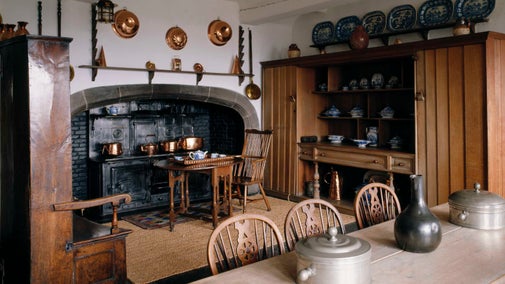
Lindisfarne Castle is now closed for the season, reopening on 1 March 2026. The garden and grounds are open all year round. Planning a family day out in Northumberland? Lindisfarne Castle on Holy Island offers a perfect mix of adventure and discovery for visitors of all ages.
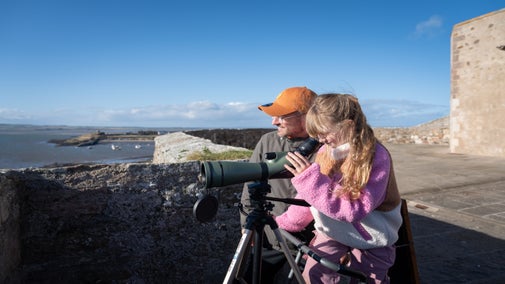
Discover the history of Lindisfarne Castle and its surrounds, from the area’s industrial past and curious boat sheds to the castle’s renovation and its dedicated caretakers.
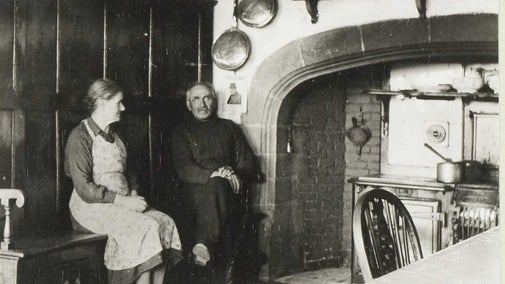
Explore the scenic walking routes of Holy Island with your four-legged friend. Dogs are welcome on the trails surrounding Lindisfarne Castle, a National Trust site rated as a one pawprint dog-friendly location. Before you visit, discover everything you need to know about dog-friendly facilities, local wildlife considerations, and how to make the most of your coastal adventure with your pet.
